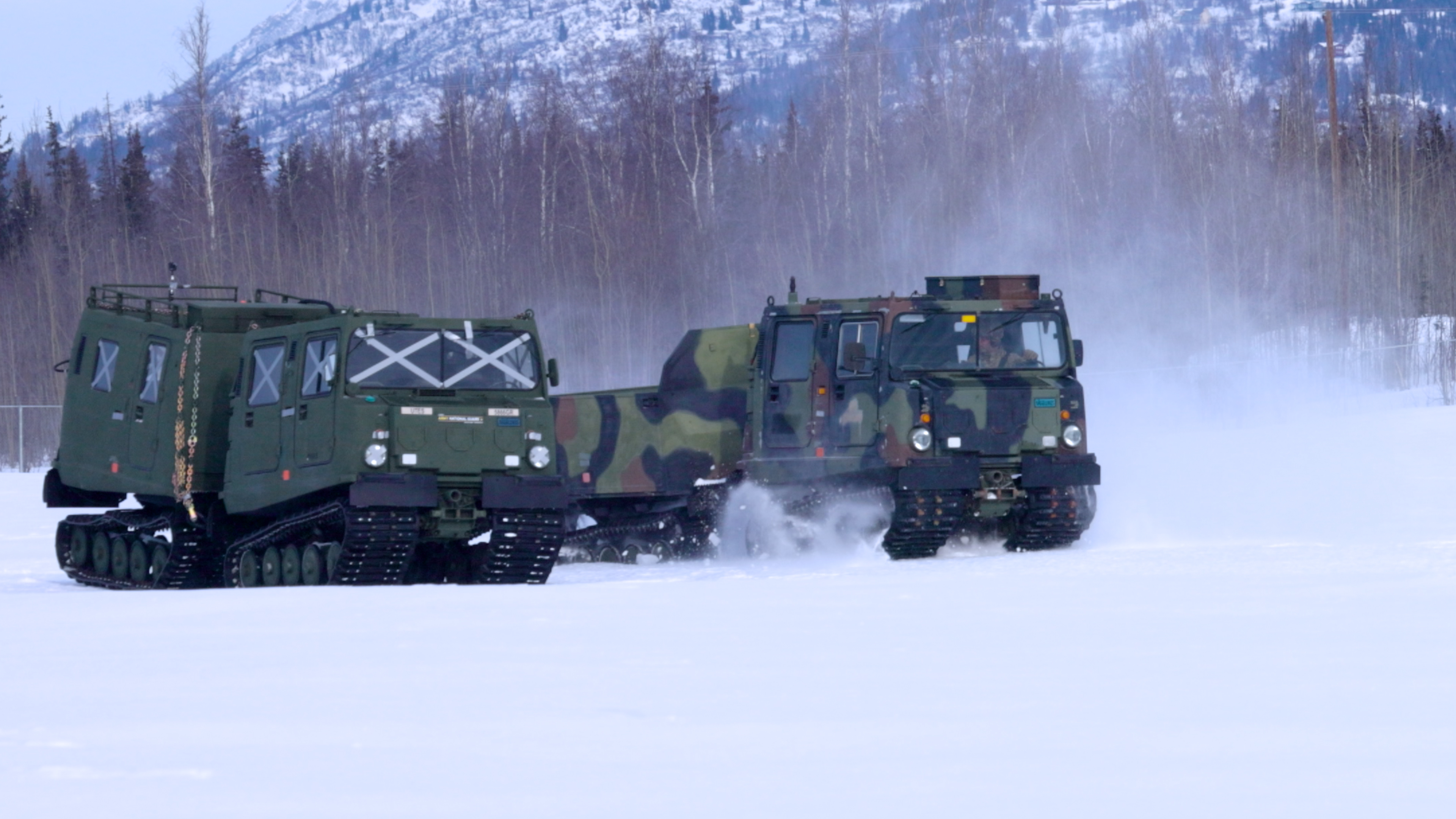
In early 2009 a team of terrorists managed to enter a nuclear-power plant in the American South armed with machine guns and grenade launchers. After breaking through chain-link and barbed-wire gates, they battled with the plant's guards. Those terrorists who weren't killed were able to disable a critical component of the plant's operating hardware. A meltdown of the reactor core looked imminent, as did the release of radioactive material from waste-storage pools located on-site. The surrounding area faced catastrophic fallout.
Everything up to that point actually happened—sort of. In reality, the attackers were a group of highly trained government operatives—including security consultants and military members on leave—posing as terrorists. Every three years, such teams "attack" each of the country's 104 nuclear-power plants to find weak spots in security. The raids are carefully choreographed: plant managers are given two months' notice to prepare the guards, and the intruders follow a prearranged script to evade them. Still, eight times out of roughly 100 attempts over the past five years, the mock terror teams have successfully broken through those defenses.

Government regulators insist that such failures are, in a way, intentional. The whole point is to find potential security holes and plug them. The Nuclear Regulatory Commission (NRC), the federal agency that oversees the industry, insists that inspectors remain on-site until security systems are fixed, and that American nuclear plants are safer than ever. But industry watchdogs aren't so sure. A growing number of plants are nearing the end of their operating lifetimes, and details about the security of existing facilities are classified. "The industry is hiding behind the 9/11 tragedy to withhold information—like which plants have failed tests and repairs that have been made—that should be available," says David Lochbaum, a nuclear analyst with the Union of Concerned Scientists.
Worries are particularly acute because the nuclear-energy industry is experiencing a new era of growth. In his State of the Union address in 2010, President Obama asked Congress to consider nuclear power central to America's pursuit of energy security. A month later he proposed $8 billion in loan guarantees to begin building a handful of new plants. "To meet our growing energy needs and prevent the worst consequences of climate change, we'll need to increase our supply of nuclear power," he told a warehouse full of hard hats in Lanham, Md., in mid-February. Leading Democrats, who have generally resisted an expansion of nuclear facilities on safety grounds, were slow to agree. Then, early last month, Energy Secretary Steven Chu agreed to classify nuclear as "clean energy" in hopes of wooing Republicans to pass an energy bill in 2011.
Advanced technology has virtually eliminated the risk of accidental meltdowns, like the one at Chernobyl in 1986, adding repetitive safeguards that allow the plant to shut itself down if operators can't. The bigger problem is the highly radioactive waste that is left over once most of the energy-producing juice has been sucked out of it.
Used nuclear fuel looks like a bunch of black ceramic pellets—each about the size of a Tootsie Roll. They're a mix of uranium, plutonium, and several minor chemicals, and give off about 750 degrees Fahrenheit of heat. The raw material can't be held, or easily stolen to make a dirty bomb. But America's current system for storing nuclear waste—in giant cool-water pools and dry casks of cement, at the individual nuclear plants—means that ready-made dirty bombs already exist. An intruder draining the water from the pools could cause it to self-ignite and spread radiation through the air.
In a broad sense, the waste problem isn't going away for a very, very long time. Spent fuel produced today will remain dangerously radioactive for about 10 millennia, until the year 12011, according to William Hurt, a spent-fuel engineer with the Idaho National Laboratory. Of the half a dozen nuclear scientists NEWSWEEK spoke with for this story, none were completely content with the current system of storage.
Plant operators boast that their industry is the most secure in the world, period. Andy Kadak, a former president of the American Nuclear Society, an industry group, likens modern nuclear plants to "prisons." Yet prison breaks still happen from time to time. And the security measures that are in place result in very little transparency. "We think in the end overall security is best achieved by keeping most of [our security information] protected," says Gregory Jaczko, chairman of the NRC. Yet as the Gulf Coast oil spill showed, an industry out of public view can get sloppy.
After news surfaced in 2005 that nuclear plants were failing about half of all security tests, Congress required the NRC to increase inspections, and to make the intruder simulations more realistic. When inspectors from the International Atomic Energy Agency, the global body that oversees all nuclear development, visited the U.S. in October, they gave a thumbs up to the way the NRC operates, but noted that the industry had room for "continuous improvement."
The improvement that many scientists favor is one that has been made elsewhere—including in China, France, Japan, Belgium, and the U.K. All have eliminated the need to store portions of used fuel. Instead, they reprocess the waste, a complex process that removes the remaining uranium from almost pure plutonium and other byproducts, and puts it back in the reactor to produce more power. "You're actually destroying some waste by recycling it," says Denis Beller, a nuclear engineer at the University of Nevada, Las Vegas.
Jimmy Carter nixed proposals for reprocessing in 1977 because he feared that isolating pure plutonium would lead to a proliferation of nuclear weapons globally. Now the rationale is economic: power from reprocessed fuel costs about 10 percent more than from new uranium (but it's still a fraction of wind and solar costs). Christine Todd Whitman, the administrator of the Environmental Protection Agency under the second President Bush, says the investment is worth it. "We can do it," she says, "and we should do it."
For spent fuel that already exists, government engineers had considered Yucca Mountain, the desert expanse north of Las Vegas—dry, desolate, and not prone to natural disasters—the perfect location for a repository. But Obama, with input from Senate leaders including Nevada's Harry Reid, canceled the plan last year in pursuit of something less risky than concentrating millions of pounds of waste in one place. A Department of Energy panel is currently researching other ideas, such as burying it in the oceans, shooting it into space, or finding a new repository somewhere else in the world. That site's defenses, however, would need to be foolproof.
Uncommon Knowledge
Newsweek is committed to challenging conventional wisdom and finding connections in the search for common ground.
Newsweek is committed to challenging conventional wisdom and finding connections in the search for common ground.
About the writer
To read how Newsweek uses AI as a newsroom tool, Click here.





